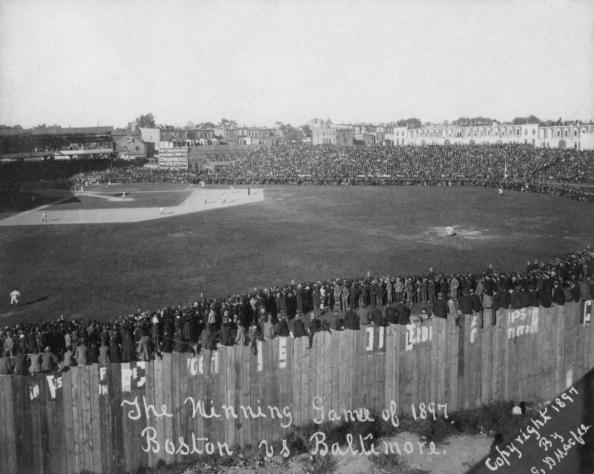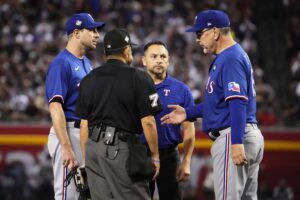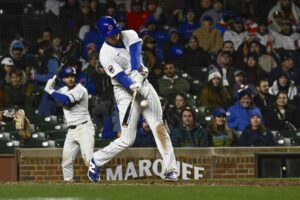To be fenced in means to be restricted or confined. For example, Bobby is a young man who wants to go out with his friends. His Dad, or in this case let’s say his Father (it just sounds more authoritative), says “no.” Bobby asks “why?” His Father says, “As long as you live under my roof you will follow my rules.” Bobby is being fenced in by his Father’s rules. Pretty simple right? Now, here comes a curve, baseball fenced in their fields not to keep people in, but to keep them out. That’s right.
The Home Run Fence
The ball used to roll and roll until it didn’t roll anymore. The outfielder had to chase the ball until they caught up to it. There was no home run fence. There was no called home run, the batter had to high tail it around the bases until they reached home. That was how they were credited with a home run in the early days of the game. Every home run was an “inside the park” job.
And then the spectators came around. At first, the players were happy to have an audience. People wanted to watch the game of base ball (no this is not a typo, baseball was originally spelled as two words). “Great!” everyone thought. “This will be fun!” Then sometime in the early 1860s an entrepreneur or two saw money to be made as more and more fans were showing up to watch the games. So this enterprising entrepreneur[s] started to charge fans. They paid, mostly, but then again some of them didn’t. Why should they if they could just watch from the outfield for free? There was nothing keeping them out.
Enter the home run fence. By doing this the free-loading fan had nowhere to turn but the ticket office if they wanted to catch a game. And since these early days of the old ballgame fans and players have been comfortably fenced in.
Main Photo:
Embed from Getty Images






